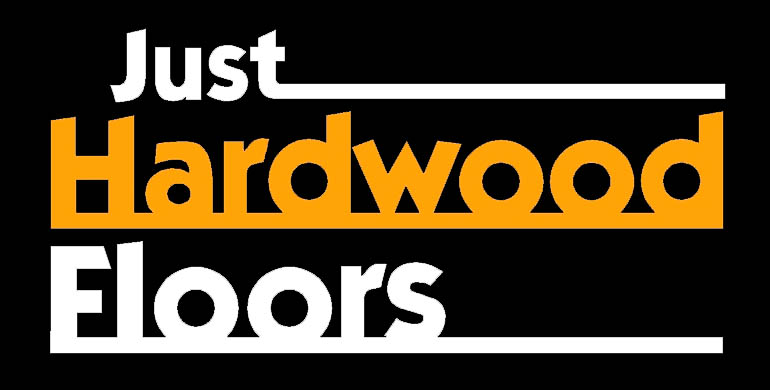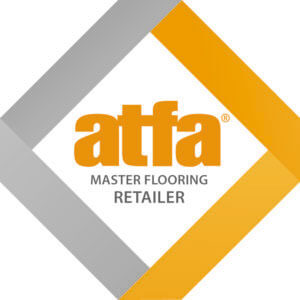Engineered Wooden Flooring
Everything you need to know before you buy
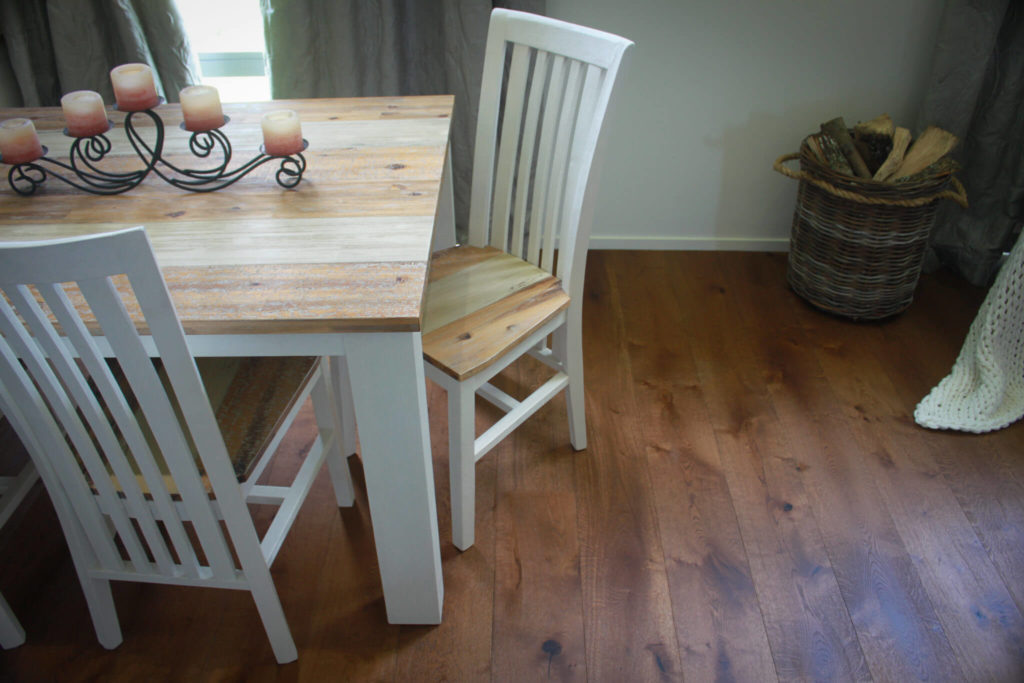
If you’re looking at investing in wooden flooring, chances are you are doing your research on the various different types and which is best for you.
To simplify things for you, we can break your options down into three different types of wooden (hardwood) flooring:
Most people are familiar with Solid Timber flooring – traditional Tongue & Groove, generally 19mm thick and available in all sorts of timber types.
As the name suggests, it is beautiful solid timber, transformed into luxurious wooden flooring with the price tag to match. Solid timber flooring also needs to be sanded and coated after installation, which means moving out of the house for a few days, and no one being able to go in until about 48 hours after the final coat has been done.
Laminate flooring is also a recognisable product with a wide variety of colours, styles and surface structures available.
But one of the questions we get asked the most is:
What exactly is engineered wooden flooring?
Lets’ take a looksies at the answer to this plus a few other questions you might have.
What is engineered flooring?
First of all – engineered flooring has a real wood top layer. Be it in European Oak, French Oak, American Oak, Walnut, Jarrah, Merbau or many other species. Engineered Timber flooring is also available in varying thicknesses (14mm, 15mm, 20mm, 21mm) and the wood top layer is respectively 2, 3, 4, or 6mm thick, depending on the total thickness (and width) of the board.
Generally this is a European Oak top layer. This hardwood layer is then glued to the second layer which is a premium quality plywood or birchwood-type base. This second layer is a very robust and stable material which gives your flooring its strength and stability.
Is engineered wooden flooring fake wood?
No. Engineered wooden flooring is real wood.
Real hardwood on top of premium plywood.
At Just Hardwood Floors, we offer a wide range of engineered wooden flooring comprising of a 3mm, 5mm or 6mm thick top layer of European oak and a plywood bottom layer, offering a total thickness of 14mm, 15mm or 20mm thick planks respectively.
Does engineered wooden flooring scratch easily?
The top layer is real wood and a natural product, so we absolutely guarantee you that your floor is going to dent, mark fade, scratch and change colour. However, our engineered timber flooring has a brushed surface which means that the surface is not perfect and helps to hide these imperfections. The advantage of solid timber flooring is that it can be resanded and finished multiple times whereas the top layer of engineered timber flooring can only be resanded a few times. Speak to one of the JHF team about surface options to help minimise scratches.
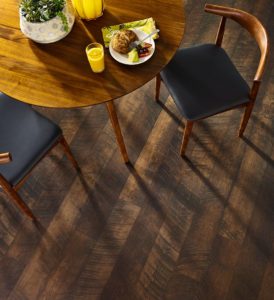
How long does engineered wooden flooring last?
Like everything, it comes down to how you look after things, but typically engineered wooden flooring will last about 20 years. If your engineered wood floor is exposed to direct sunlight this will cause the colour to fade (or bleach out if it is a lighter colour) over time
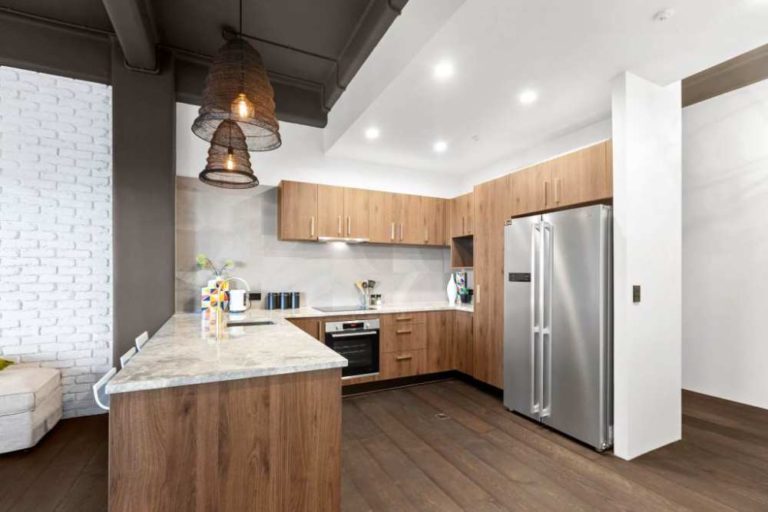
Can engineered wooden floors be used in kitchens and bathrooms?
Yes, engineered wooden floors can be used in kitchens and bathrooms! The most common areas we put a timber floor into is the kitchen, dining, living and hallways and entry’s. We do a lot of bathrooms, toilets and laundries, but there are limitations on any solid timber, engineered timber or laminate flooring product in these areas. These are considered wet areas, and as such extra precautions are required to look after the floor as much as possible.
Is engineered wooden flooring easy to DIY?
It depends on the product and just how handy your DIY’er is. Engineered wooden flooring can be glued down or floated (depending on the product). If you are wanting to install a Uniclic locking system product and float it over a 2mm thick underlay, then yes, it can be. However, if you decide you want your floor glued down, we would highly recommend leaving it to the experts to install. It can also be installed directly over underfloor heating systems (no nailing required). The internationally renowned Uniclic locking system allows you to angle and snap flooring panels together, making it a more DIY friendly option. Like everything though – having a professional wooden flooring installer is hard to beat. The attention to detail and workmanship of a professional team will ultimately provide you with the best finish.
How do I clean engineered flooring?
Engineered wooden flooring can be easily cleaned with a damp microfibre mop, vacuum cleaner or broom. If you have an oil or hardwax finish on your floor, always follow the manufacturers recommendations and maintenance products on how to care for your floor. NEVER use a steam mop, caustic, abrasive or spray’n’wipe type cleaning product. Remember to clean up any liquid spills or pools of water promptly to avoid water damage to your panels.
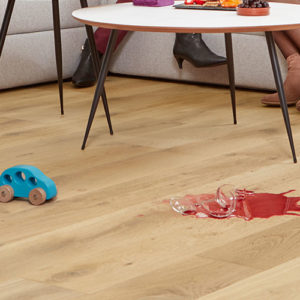
Have more questions? Get in touch 🙂
We hope that this answers some of your questions around engineered wooden flooring and helps you with your research. If you have any further questions or are unsure about anything, feel free to drop us an email or give us a call. We’d love to share our expertise and offer you some guidance in your search for the very best wooden flooring.
The JHF team.
